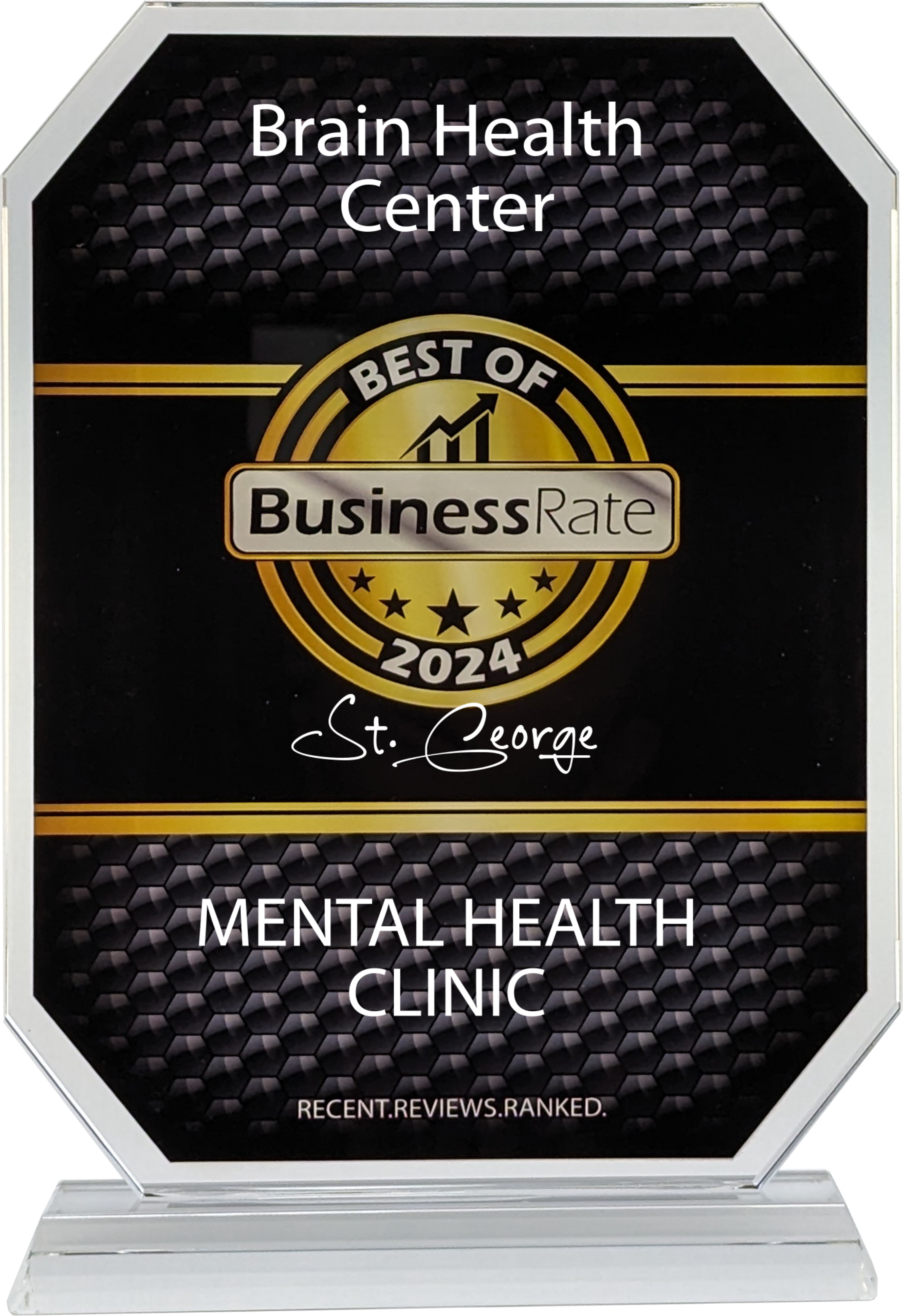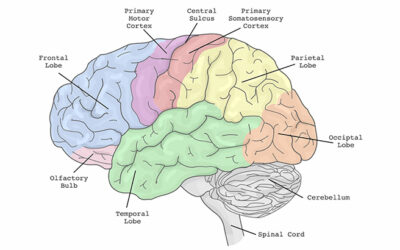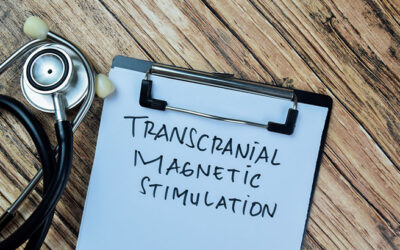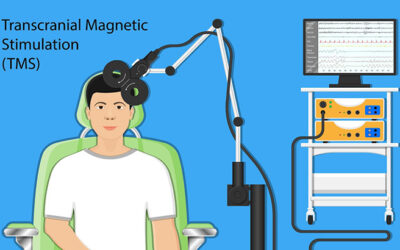Navigating the complex world of mental health often feels like trying to decipher a map without clear markers. From the shadowy valleys of depression to the tumultuous seas of bipolar disorder, each condition presents its unique challenges and landscapes. Yet,...
TMS Therapy Articles
Is TMS Worth It? Why to Travel for Treatment
When it comes to mental health, finding the right treatment feels like a journey in itself. For many, this journey leads to the question: Is TMS worth it? For some, the answer involves exploring Transcranial Magnetic Stimulation (TMS) therapy far from home. TMS...
Is TMS Therapy Legit? Myths & Misconceptions
Transcranial Magnetic Stimulation (TMS) therapy has emerged as a beacon of hope for many grappling with depression and other mental health challenges. But is TMS therapy legit? And is TMS real? As with any innovative treatment, TMS is often shrouded in myths and...
How Can I Treat My Anxiety? 7 Options to Consider
So, you're looking to tackle your anxiety head-on, right? It's something a lot of folks deal with, and I'm really glad you're reaching out to explore your options. Anxiety is like this constant background noise that doesn't let up, impacting everything from work to...
Depression and Seeking Treatment for Suicidal Ideation: What You Need to Know
Depression is more than feeling down; it's like a fog that dulls everything good in life. Sometimes, it gets so heavy that it leads people to think about giving up. Understanding depression and those really tough thoughts about ending it all will help us break through...
ADHD and Insomnia: What’s the Connection?
Ever wondered about the intriguing link between insomnia and ADHD and what lies at the heart of this connection? You're not alone. Many folks grappling with ADHD find themselves staring at the ceiling night after night, trying to catch some elusive Z's. And it's not...
Your Total Guide to Understanding How Postpartum Depression Is Treated
Postpartum depression is an often misunderstood condition that casts a shadow over what is typically viewed as a joyful time in a woman's life. With symptoms that go beyond the common “baby blues,” postpartum depression requires a nuanced and compassionate approach to...
TMS for Teens: Adolescent Depression Treatment
Today, we're diving deep into a groundbreaking approach to the battle against depression. And we’re doing it specifically for the younger crowd who are navigating this tough terrain. Enter the world of TMS therapy for adolescent depression — a glimmer of hope that's...
Understanding the Science Behind TMS for Anxiety
Today, we're diving deep into the fascinating world of TMS therapy, especially as it relates to tackling anxiety. If you've ever felt the grip of anxiety tighten around your daily life, you know it's more than a case of nerves. It’s often overwhelming, paralyzing,...
OCD Strategies That Work: Tips on How to Cope
Today, we're going to tackle a topic that's close to many hearts and minds: understanding OCD and the best strategies for combating it. If you've ever found yourself caught in the whirlwind of obsessive thoughts and compulsive actions, or know someone who has, you're...
It's Time To Heal
For many of our friends seeking wellness, TMS is an incredible solution. Get started now with our team.











